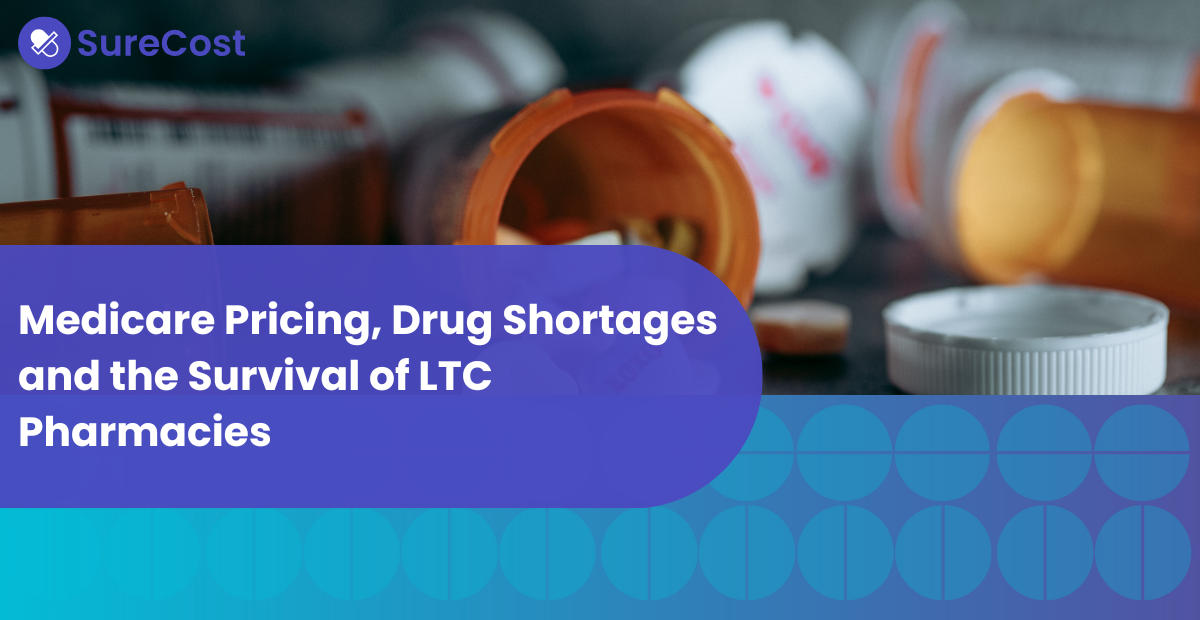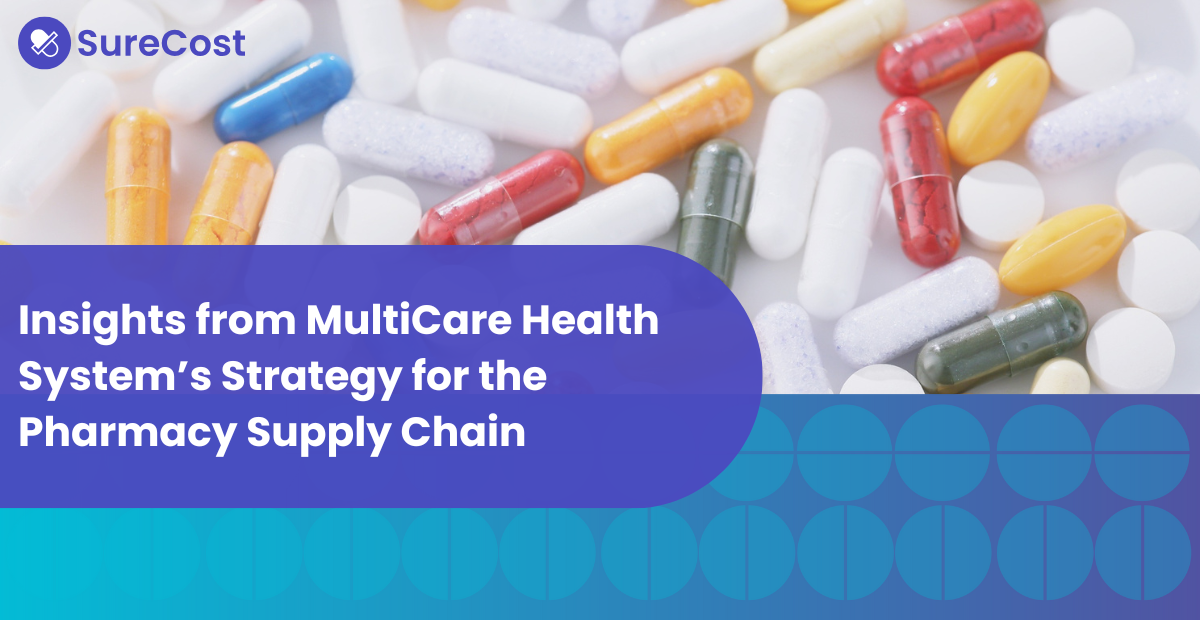Pharmacies often purchase within the list of the 200 most commonly prescribed medications, known as the “Top 200.” This list helps pharmacies gauge demand and maintain adequate stock levels. However, while adhering to the Top 200 may seem practical, it doesn’t always offer the best purchasing options.
Unlock More Pharmacy Savings Beyond the Top 200
Purchasing outside the Top 200 can unlock significant savings opportunities. Pharmacies that explore beyond this list often find themselves in a less competitive market, which can lead to reduced costs.
Based on SureCost’s own customer data, on average, purchasing outside the Top 200 has been shown to reduce pharmacies' cost of goods sold (COGS) by approximately 11%. In 2023, retail pharmacies that purchased outside the Top 200 enjoyed even lower COGS compared to long-term care (LTC) pharmacies.
We have consistently observed this trend: pharmacies are increasingly purchasing more products outside the Top 200 than in previous years. These purchases have saved pharmacies about 9% on average off their Top 200 purchases, with approximately 73% of total savings resulting from buying outside the Top 200.
Benefits of Expanding Purchasing Options
In addition to increased profit margins, purchasing beyond the Top 200 offers several other advantages:
- Bulk Discounts and Rebates: Access to a wider range of products often opens up opportunities for bulk discounts and rebates.
- Better Negotiation Terms: Pharmacies can negotiate better terms with secondary vendors.
Safeguard Against Drug Shortages: A broader range of products provides a buffer during drug shortages.
Gain Visibility With Smarter Purchasing
Shopping beyond the Top 200 offers substantial savings and more choices, but navigating these options can be challenging. The purchasing ecosystem is complex, often obscuring options within a web of vendors, catalogs, categories, and purchasing interfaces. While pharmacies may save money, the time spent searching for the best choices can offset these savings.
A smarter purchasing solution like SureCost enables pharmacies to quickly and easily compare all options, including those from primary vendors, secondary vendors, and Group Purchasing Organizations (GPOs). Integrating all catalogs into a single interface allows pharmacy teams to shop and submit purchase orders efficiently. The system also monitors primary vendor compliance while revealing better purchasing options, ensuring pharmacies save more and remain compliant with existing agreements.
Challenges with Drug Shortages
Drug shortages continue to be a significant issue due to supply chain disruptions, regulatory challenges, and unexpected spikes in demand. In the first quarter of 2023, the American Society of Health-System Pharmacists reported 309 active drug shortages, the highest since 2014. Even a single out-of-stock item can impact patient health and damage the pharmacy’s relationship with patients.
Pharmacies need to adopt smarter purchasing strategies to mitigate the impact of these shortages. It’s important for pharmacies to diversify their vendor portfolio and leverage accurate data about available alternatives. Automating replenishment and transfers ensures they aren’t caught off guard by sudden out-of-stocks. All this can be done with an all-in-one pharmacy purchasing software like SureCost.
Challenges with Accountability - Vendor Substitution
Holding your vendors accountable and making sure your pharmacy gets what you paid for is another challenge since vendors often substitute products without pharmacies even knowing.
According to our own customer data, retail pharmacies experienced higher vendor substitutions compared to LTC pharmacies. For some retail pharmacies, vendors substituted nearly 8% of purchases. This led to an average increase of 0.11% in those pharmacies’ COGS, another slight increase from the previous year. One retail pharmacy with an annual generic spend of roughly $3M saw its COGS increase by over $50K.
By integrating with existing systems such as accounts payable and pharmacy management systems, SureCost allows pharmacy teams to instantly compare invoices against purchase orders upon receipt. This streamlined workflow, managed through a single interface, ensures pharmacies receive the correct products at the agreed-upon prices and can quickly rectify any issues.
In conclusion, while the Top 200 list serves as a useful guideline, exploring beyond it can unlock significant savings and provide essential safeguards against shortages. Pharmacies shouldn’t have to navigate the complex purchasing ecosystem alone. Find the right technology platform to help you work more effectively, reduce human errors while maintaining accountability and compliance.
.png?w=500)





.png)
